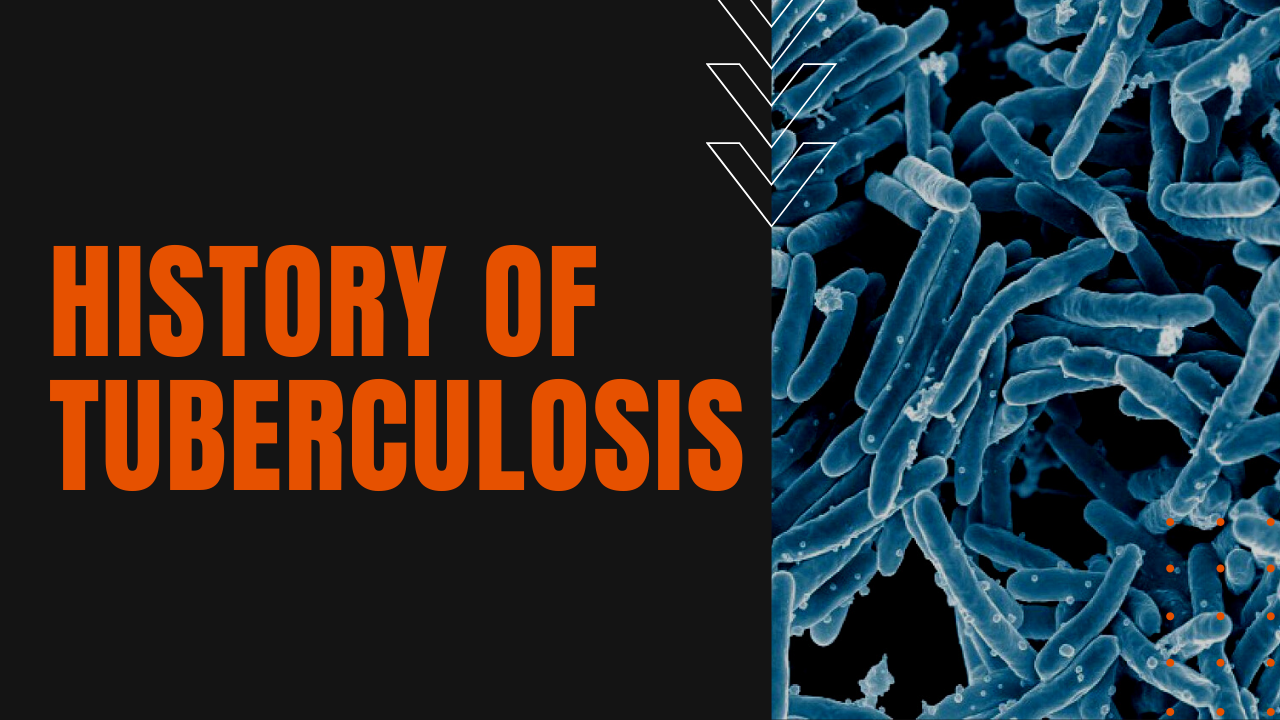History of Tuberculosis

Up until the 19th century, Tuberculosis was considered the single worst disease afflicting humankind. Characterized by fever, night sweats and a bloody cough, tuberculosis became known as consumption, since her victims were slowly but assuredly consumed by the disease.
To shed light on the impact and mortality of tuberculosis, records from the village of Holycross in Shropshire England indicate that 1 person out of every 6 died of consumption between 1750 and 1759, while ten years later the mortality rate was 1 out of every 3.
By the turn of the 18th century, 1 out of 4 Londoners died from tuberculosis. Although as early as the 16th century, when Girolamo Fracastoro suggested that tuberculosis was transmitted by an invisible contagion, succeeding generations would stagnate on any true understanding of tuberculosis etiology.
History of Tuberculosis Treatment
While Robert Koch and bacteriologist Ferdinand Cohn first identified a unique bacteria associated with tuberculosis in 1881, Koch’s announcement that he had developed a cure for the disease proved to be a reputation-busting hoax after the German government found no efficacy to his formulation.
Finally, in 1906, Albert Calmette and Camille Guerin developed the first tuberculosis-immunizing agent derived from attenuated bovine-strain tuberculosis, which soon became known as BCG. First used on humans in 1921 France, BCG would not come into widespread use until after World War II.
In 1944, Selman Waksman and two colleagues isolated Streptomyces griseus, now known as streptomycin, which marked the first antibiotic/antibacterial agent effective against mycobacterium tuberculosis.
Their discovery is generally considered the beginning of the modern era of tuberculosis control, although the true defining moment began in 1952, with the development of Isoniazid, the first oral mycobacteriocidal remedy. Rifampin was to follow in the 1970s, which sharply reduced recovery times from the disease.
Today, the World Health Organization calls tuberculosis the leading cause of infectious death worldwide, with an estimated 1.8 billion people—close to a fourth of the world’s population—infected by tuberculosis. In 2019, approximately 10 million people fell ill from TB, with an estimated 1.5 million deaths or an average 4,100 daily losses to the disease.
